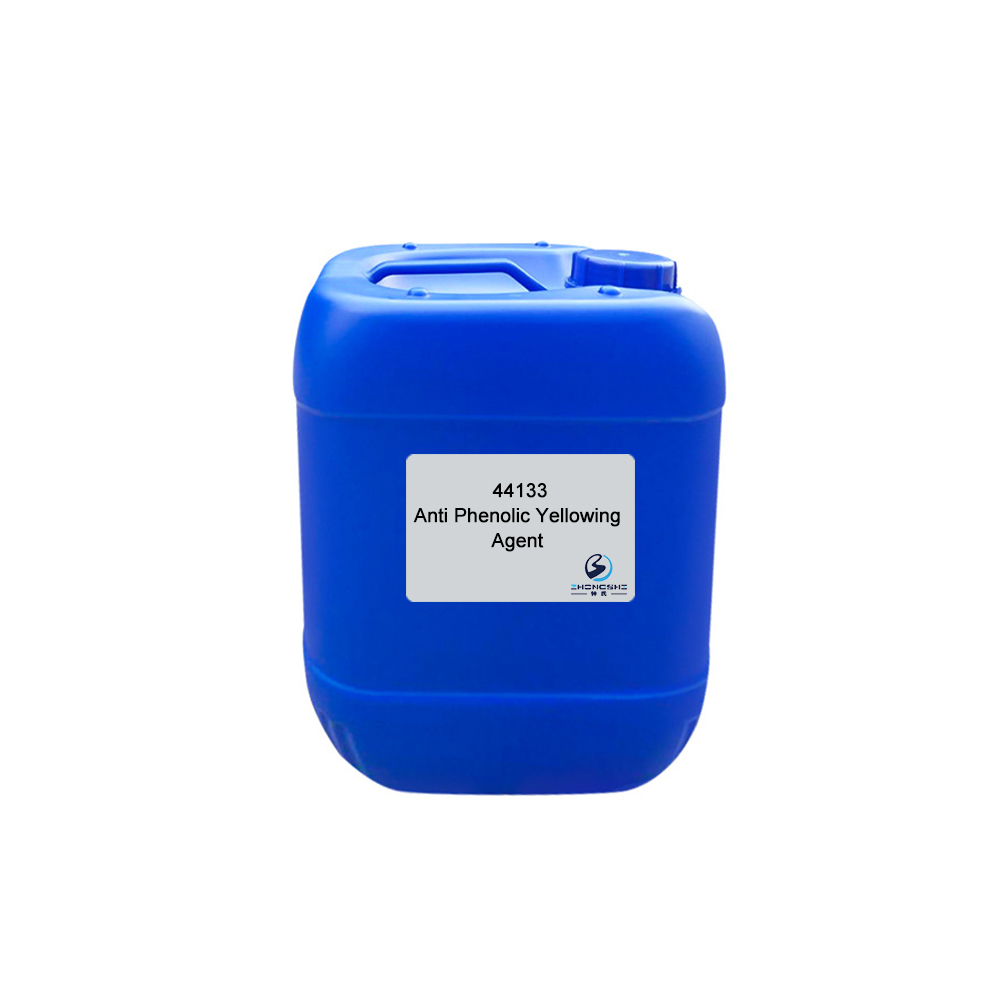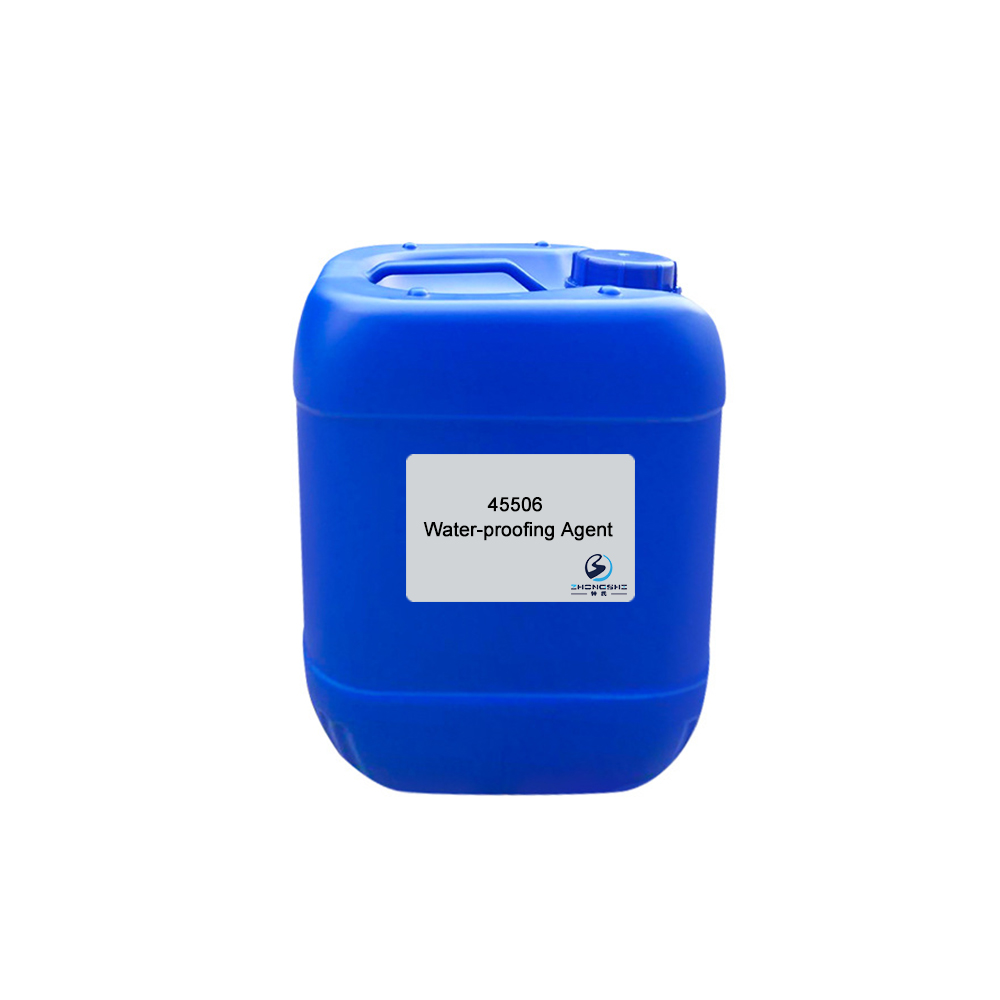Chinese wholesale Spandex Silicone Oil - 98084 Silicone Softener (Soft, Smooth & Especially suitable for mercerized fabrics) – Innovative
Chinese wholesale Spandex Silicone Oil - 98084 Silicone Softener (Soft, Smooth & Especially suitable for mercerized fabrics) – Innovative Detail:
Features & Benefits
- Imparts fabrics soft, smooth and exquisite hand feeling.
- Extremely low yellowing and low shade changing. Not influences color shade. Suitable for light color, bright color and bleached fabrics.
- Not influences color shade of whitening agent. Suitable for whitened fabrics.
Typical Properties
| Appearance: | Transparent emulsion |
| Ionicity: | Weak cationic |
| pH value: | 5.5±1.0 (1% aqueous solution) |
| Solubility: | Soluble in water |
| Application: | Cellulose fibers and cellulose fiber blends, as cotton, viscose fiber, polyester/ cotton, etc. |
Package
120kg plastic barrel, IBC tank & customized package available for selection
TIPS:
Silicone softeners
Silicones were classified as a separate class of man-made polymers derived from silicon metal in 1904. They have been used to formulate textile softening chemicals since the 1960s. Initially, unmodified polydimethylsiloxanes were used. In the late 1970s, the introduction of aminofunctional polydimethylsiloxanes opened new dimensions of textile softening. The term ‘silicone’ refers to artificial polymer based on a framework of alternating silicon and oxygen (siloxane bonds). The larger atomic radius of silicon atom makes the silicon–silicon single bond much less energetic, hence silanes (SinH2n+1) are much less stable than alkenes. However, silicon–oxygen bonds are more energetic (about 22Kcal/mol) than carbon–oxygen bonds. Silicone also derives from its kitone-like structure (silico–ketone) similar to acetone. Silicones are free of double bonds in their backbones and are not oxocompounds. Generally, the silicone treatment of textiles consists of silicone polymer (mainly polydimethylsiloxanes) emulsions but not with the silane monomers, which may liberate hazardous chemicals (e.g. hydrochloric acid) during treatment.
Silicones exhibit some unique properties including thermal oxidative stability, low temperature flowability, low viscosity change against temperature, high compressibility, low surface tension, hydrophobicity, good electric properties and low fire hazard because of their inorganic–organic structure and the flexibility of the silicone bonds. One of the key features of silicone materials is their effectiveness at very low concentrations. Very small amounts of silicones are required to achieve the desired properties, which can improve the cost of textile operations and ensure a minimum environmental impact.
The mechanism of softening by silicone treatment is due to a flexible film formation. The reduced energy required for a bond rotation makes the siloxane backbone more flexible. The deposition of flexible film reduces interfibre and interyarn friction.
Thus the silicone finishing of textile produces an exceptional soft handle combined with other properties such as:
(1) Smoothness
(2) Greasy feel
(3) Excellent body
(4) Improved crease resistance
(5) Improved tear strength
(6) Improved sewability
(7) Good antistatic and antipilling properties
Because of their inorganic–organic structure and the flexibility of the siloxane bonds, silicones have the following unique properties:
(1) Thermal/oxidative stability
(2) Low-temperature flowability
(3) Low change of viscosity with temperature
(4) High compressibility
(5) Low surface tension (spreadability)
(6) Low fire hazard
Silicones have very wide application in textile processing, such as fiber lubricants in spinning, high-speed sewing machinery, winding and slashing, as binders in nonwoven manufacturing, as antifoam in dyeing, as softeners in print paste, finishing and coating.
Product detail pictures:

Related Product Guide:
Bleaching agent is used to remove natural pigments and impart fabrics necessary whiteness. Chinese wholesale Spandex Silicone Oil - 98084 Silicone Softener (Soft, Smooth & Especially suitable for mercerized fabrics) – Innovative , The product will supply to all over the world, such as: Norwegian, Greek, Nigeria, Silicone Softener 70708 is suitable for fabrics of synthetic fibers, as acrylic, cotton/ acrylic, viscose fibers/ acrylic, polyester and nylon, etc. It is especially suitable for acrylic fibers. It can impart fabrics soft, smooth and plump handle. Also it can make yarns elastic and smooth. Silicone Softener 70708 is light yellowing transparent silicone emulsion. It is weak cationic. It is highly stable. During use, there will be no roll banding, sticking to equipment, oil floating or demulsification as traditional silicone oil.
Timely delivery, strict implementation of the contract provisions of the goods, encountered special circumstances, but also actively cooperate, a trustworthy company!







